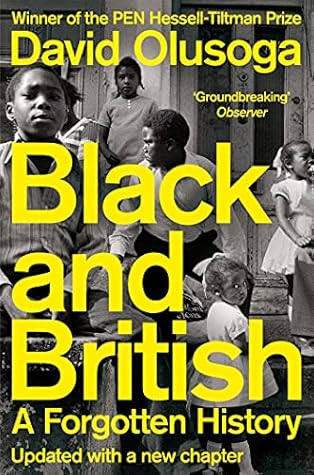Freetown today is largely a product of subsequent waves of settlement, of which we shall hear more later, and there is perhaps nowhere in Africa upon which the energy and optimism of the British abolitionist impulse has been so deeply inscribed into the local geography and demography. To reach Susan’s Bay the visitor passes along the broad thoroughfare upon which the Maroon church stands, passing smaller side streets whose names read like a who’s-who of nineteenth-century British politics. Each is named in honour of a prime minister, abolitionist or politician – Percival Street, Walpole
Freetown today is largely a product of subsequent waves of settlement, of which we shall hear more later, and there is perhaps nowhere in Africa upon which the energy and optimism of the British abolitionist impulse has been so deeply inscribed into the local geography and demography. To reach Susan’s Bay the visitor passes along the broad thoroughfare upon which the Maroon church stands, passing smaller side streets whose names read like a who’s-who of nineteenth-century British politics. Each is named in honour of a prime minister, abolitionist or politician – Percival Street, Walpole Street, Bathurst Street, Wellington Street and Liverpool Street, after the Prime Minister Lord Liverpool. One of the last streets before Susan’s Bay is Wilberforce Street. Freetown was never a dumping ground for unwanted black people. Although the establishment of the Province of Freedom went disastrously wrong and although the treatment of the Nova Scotian settlers was never free from racial bias these schemes of settlement were relatively well funded and for the most part well meaning – in the mind of Granville Sharp they were intended to be almost utopian. The descendants of those early settlers, who form portions of the Krio population, are a people whose identities have been profoundly shaped by British slavery and by popular British opposition to slavery, a political and moral impulse that became one of the defining issues of the late eighteenth and early nineteenth centuries. Living ...
...more
This highlight has been truncated due to consecutive passage length restrictions.


